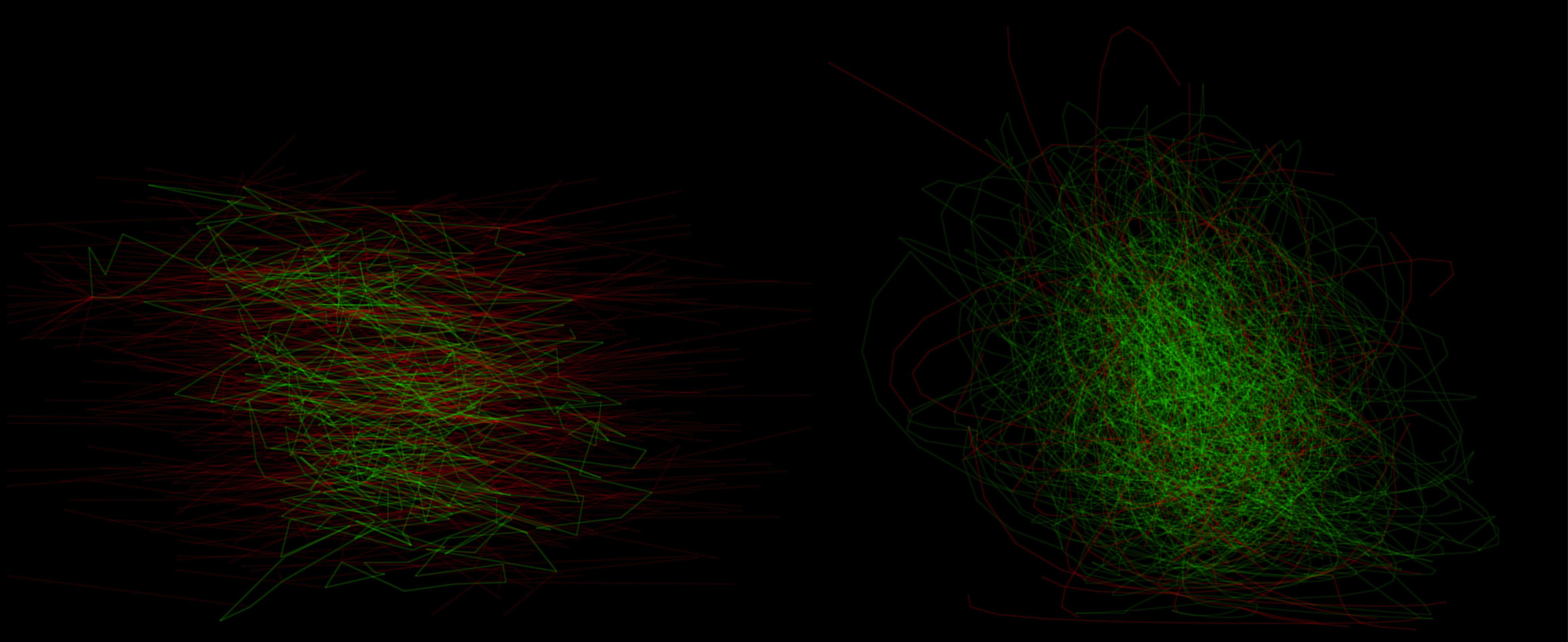To better understand complex systems, researchers reproduce them in computational models, a safe and controlled environment. The model analyzes the most significant factors that affect a system’s behavior and predicts how the system will react due to changes in these factors. Structural flaws in a chair, for example, can be identified based on simulations of different weights or repeated cycles of compression and decompression over an extended period of time. Such a model would take into account details like material, design, and frequency of use. Models created to study infectious diseases usually examine how individuals spread a disease by simulating human interactions in an infected population. By testing different treatment strategies and using data taken from the population, outbreaks can be predicted and handled effectively.
In light of the outbreak of Ebola in West Africa, multiple institutions have begun creating models to track and predict the spread of the disease.
Image Source: Callista Images
According to the NIH, Yale University, Oregon State University, and the Ministry of Health and Social Welfare in Liberia have collaboratively created a computer model to analyze the transmission of Ebola between Liberian communities by combining “demographic data with data from the current outbreak in Liberia—including Ebola cases, deaths, health care worker infections, and hospitalizations.” Their results suggest that immediate action is needed: placing infectious patients in quarantine, protecting healthcare workers, and finding everyone who comes into direct contact with infected patients.
Another team from Columbia University, led by Dr. Shaman, have developed their own model that uses current data from the World Health Organization (WHO), predicting different outcomes for the next six weeks and posting them online every week (here’s the link). His team’s model focuses less on treatment and more on predicting the spread of infection and number of deaths. Their model indicates that although the rate of the spread has decreased slightly, efforts to stop the spread are so far ineffective.
The MoBS lab at Northeastern University has published a paper and will continue to revise it as they feed their model more data to get more current results. They’ve also developed a tool called EbolaTracking that plots Ebola-related events on a map based on geographic information from Twitter posts containing keywords. The CDC and WHO have also released their own estimates of how the Ebola outbreak will progress.
These models will help groups to fight the Ebola outbreak by allowing them to prioritize their efforts and formulate more effective strategies.
Feature Image Source: The manifold paths of biology by UCL Mathematical and Physical Science










